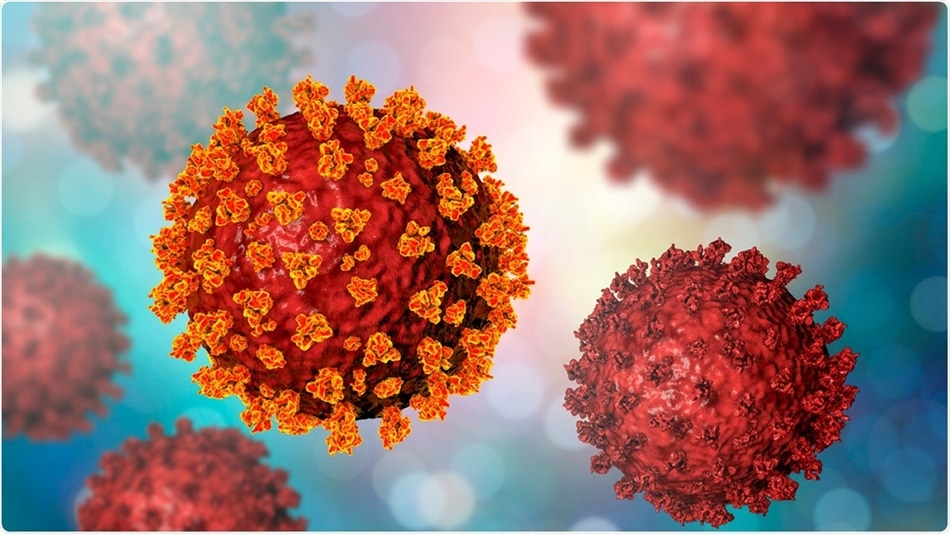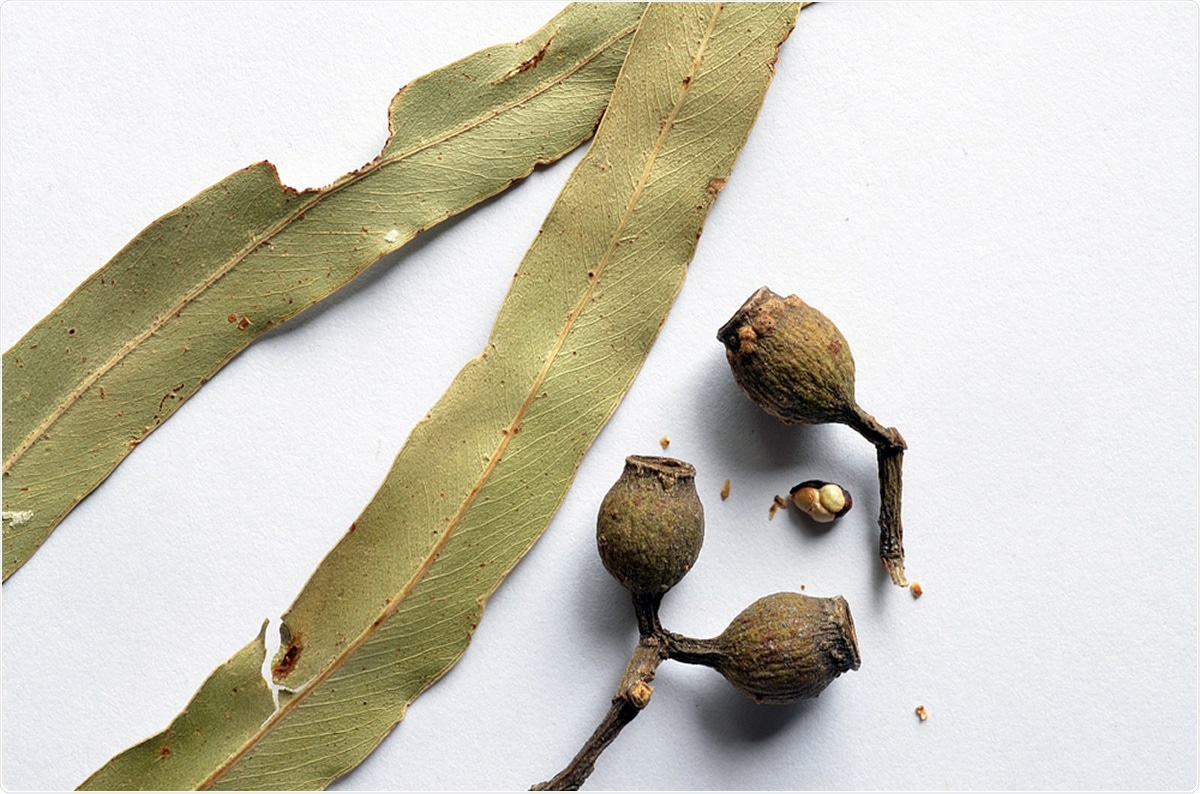Researchers propose new reforms to improve transparency of drug authorizations
On March 28, the Food and Drug Administration (FDA) exercised its Emergency Use Authorization (EUA) authority to allow the use of hydroxychloroquine for the treatment of COVID-19. On June 15, after a number of studies failed to find positive effects, the agency revoked this authorization.
This chain of events raises questions about the speed, rigor and potential politicization of the authorization process. These actions also may have hurt the FDA's credibility and the public's trust in the agency, which could decrease the public's confidence in and adoption of eventual COVID-19 vaccines.
In a Viewpoint piece published in JAMA: The Journal of the American Medical Association, a research team proposes reforms that the FDA could implement to improve the emergency use authorization process and drug approvals during public health crises, which could increase the FDA's credibility and the public's trust in it.
The recommendations are especially timely given that FDA Commissioner Stephen Hahn has stated that the agency will consider using the EUA process to authorize a COVID-19 vaccine, as well as the potential for full approval of COVID-19 vaccines in late 2020.
The FDA is "responsible for protecting public health," which includes ensuring that drugs are safe and effective.
Nachlis is also a research assistant professor of government and policy fellow
"Through this piece in JAMA, we provide recommendations to help the agency make the authorization process more robust, rigorous and transparent in this pandemic environment," he added.
To improve the accountability and transparency of drug authorizations and approvals, the researchers propose four reforms:
- The FDA could clarify evidentiary standards for EUAs and could create higher standards for widely used products like vaccines.
- The FDA could consult with the external experts on its Advisory Committees before issuing EUAs. The committee meetings could be live-streamed and more opportunities for public input could be established.
- Once COVID-19 vaccines are granted marketing authorization, the FDA could establish extensive adverse event reporting systems, facilitate phase 4 trials to monitor post-approval safety and efficacy, and engage the National Vaccine Injury Compensation Program.
- As part of the FDA's ongoing efforts to enhance public communication about COVID-19 diagnostics, therapeutics and vaccines, the FDA could launch public education campaigns and utilize communication tools like drug facts boxes to help explain regulatory decisions.
"The FDA's regulatory processes are often considered the gold standard for the approval of drugs, and are fundamental to American and global public health," said Nachlis.
"Our entire pharmaceutical and healthcare system depends on this standard. Maintaining credibility and public trust is integral to the FDA's ability to fulfill its mission. Now is the time for the FDA to consider ways to enhance its public support, as our nation and the world waits for effective vaccines to be quickly and safely developed, approved and deployed," he added.
Source:
Journal reference:
Thomson, K & Nachlis, H (2020) Emergency Use Authorizations During the COVID-19 Pandemic. JAMA. doi.org/10.1001/jama.2020.16253




